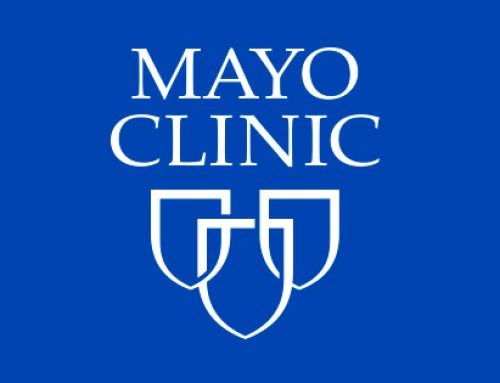Snacks: How they fit into your weight-loss plan
Well-planned, healthy snacks can complement your weight-loss plan. Here are creative and healthy ways to satisfy your hunger.
Your stomach is growling, but lunch is hours away. You could grab a snack, but you think it’s best to grit your teeth and wait for lunch. Not so, if weight loss is your goal.
In fact, well-planned weight-loss diets, such as the Mayo Clinic Diet, allow for healthy snacks to help manage hunger and reduce bingeing at mealtime. The key is to eat healthy snacks that satisfy your hunger and keep the calorie count low.
Healthy snacking
The best snacks are those that fill you up quickly, make you feel full until mealtime and add relatively few calories to your daily total. Fruits and vegetables meet these ideal snack requirements for several reasons:
- Few calories. Most fruits and vegetables are low in calories. Even when you eat a portion that satisfies your hunger, the calorie count is low.
- Lots of water. Most fruits and vegetables contain a lot of water, which helps fill you up.
- Lots of fiber. Fiber is the part of plants that you can’t absorb and that passes through your digestive system slowly. Fiber fills you up and helps you feel full longer.
- Lots of nutrients. Fruits and vegetables provide healthy vitamins, minerals and other beneficial plant chemicals (phytochemicals).
- Little fat. Most high-fat foods are high in calories, but usually low in water content and fiber. In order to feel full with high-fat foods, you need to consume lots of calories. Most fruits and vegetables have very little fat.
100-calorie goal
A good goal for a between-meal snack is something with fewer than 100 calories. Generous portions of fruits or vegetables can easily help fill you up while staying below that calorie count. All of the following servings have fewer than 100 calories:
- Medium apple: 95 calories
- Small banana: 90 calories
- Two kiwis: 84 calories
- 20 medium baby carrots: 70 calories
- 20 grapes: 68 calories
- Medium orange: 65 calories
- 20 cherry tomatoes: 61 calories
- Medium peach: 58 calories
- Medium red pepper: 37 calories
- 20 pea pods: 28 calories
For comparison, one reduced-fat cheese stick has about 60 calories, which is well below the 100-calorie goal, but it also has 4.5 grams of fat. While the protein and fat may help curb your appetite, a single cheese stick may not be as satisfying as, say, 20 baby carrots, which add up to nearly 10 times the weight of the cheese stick, have 70 calories and less than 1 gram of fat.
Sept. 19, 2017
.


Leave a Reply